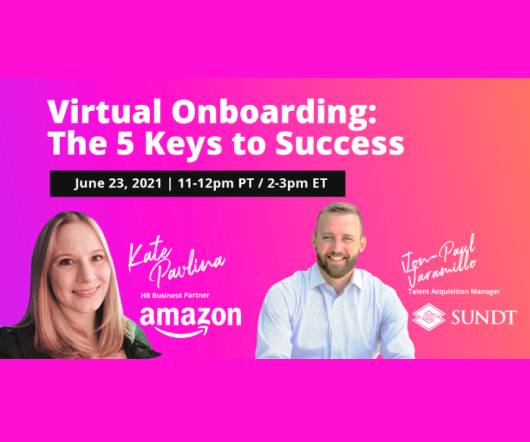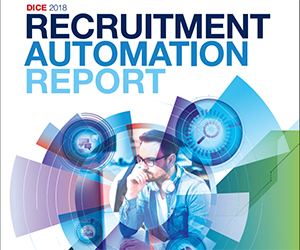AI oversight aligns so well with HR, the function’s leaders may soon be tapped to manage it
HR Brew
FEBRUARY 14, 2025
Artificial intelligence is reshaping the global workplace, and businesses are integrating AI tools into their workflows at a rapid pace. The technology is already a mainstay in hiring, performance management, and workplace productivity. But someone needs to oversee AI at work. Sounds a lot like HR, no? Governance.























































Let's personalize your content